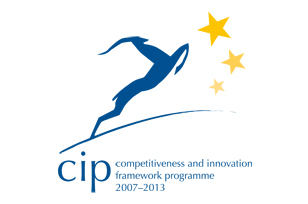 NATURAL HERITAGE & BIODIVERSITY
NATURAL HERITAGE & BIODIVERSITY
|
|
Natural heritage assets refer to the great biodiversity of ecosystems and species on our planet. As well as having its own intrinsic value, natural assets are of immense importance for tourism, which can both support and threaten their continuation and development. Many forms of tourism heavily depend on intact nature able to supply of ecosystem resources, e.g. holding a great value for leisure and recreation providing the base and backdrop for many tourism activities. A sustainable approach to tourism must accept the responsibility to conserve and enhance all forms of natural heritage. This requires a firm commitment to effective planning and management, especially in protected areas, including responsible interpretation of heritage and visitor management, supported by all tourism stakeholders.

The Role of Tourism Stakeholders
The actions of many players influence the impact of tourism on natural heritage and biodiversity and vice versa. In general natural heritage assets can be viewed as public goods with collective value. Many areas are owned and managed by public bodies, but some are in private ownership. Tourism enterprises benefit commercially from visitors’ enjoyment of intact landscapes and natural sites while also providing essential services for nature based tourism. Therefore it is essential that public and private stakeholders and local community and conservation interests work together on the management of heritage areas, sites and themes and on how they are developed and promoted as resources for sustainable tourism.
Governments
NGOs, networks, partnerships
Research, education, consultancy
Destinations
Businesses
Travellers
Travellers should be encouraged and helped to understand and appreciate the natural heritage of the places they visit and to support its conservation through their spending and actions.
SDGs related to this Topic
 SPECIAL: Biodiversity SPECIAL: Biodiversity |
The Knowledge Pool Tourism and Biodiversity / Tourismus und Biodiversität was developed to support tourism stakeholders in Germany in contributing to halting the loss of biodiversity. It includes a "who is who" and a list of helpful publications as well as a best practoce collection and interactive checklists for hotels, camping, rastaurants, destinations, tour operators and travel agencies. |

























































